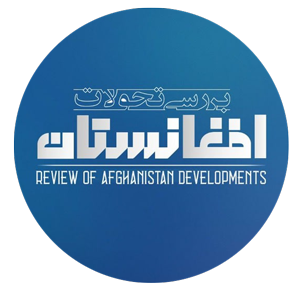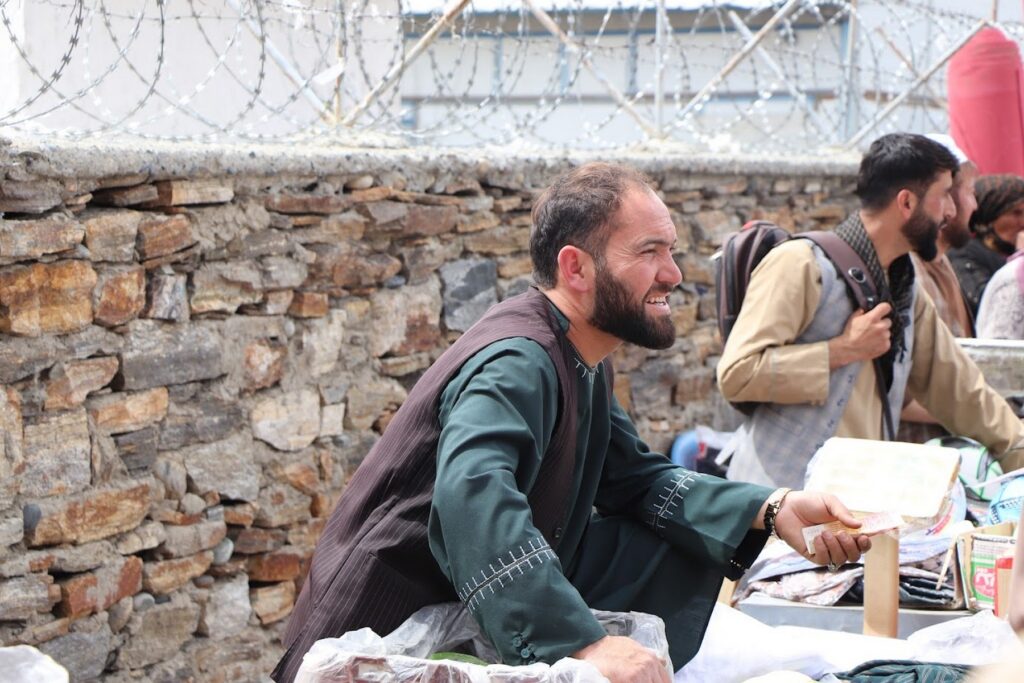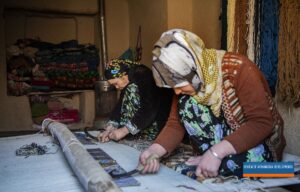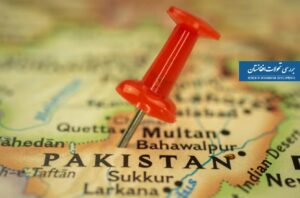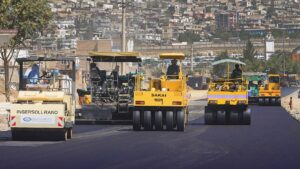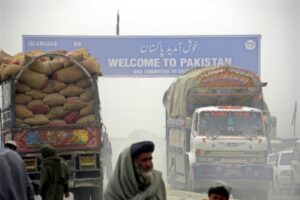Review of Afghanistan developments
Border markets situated between Iran and Afghanistan represent significant zones of economic, social, and cultural exchange between the two countries. These markets, positioned at the border’s zero point and outside of customs regulations, serve not only as venues for the exchange of goods and services but also play a crucial role in facilitating the livelihoods of households residing in border regions through informal mechanisms. In Iran’s eastern provinces, such as Khorasan Razavi, South Khorasan, and Sistan and Baluchestan, the operations of border markets have become an integral component of both the economic cycle and the social fabric of the local populace. Indeed, border markets should be viewed as extending beyond mere economic boundaries; amidst political instability, official trade limitations, and livelihood challenges, these markets have developed organically and have succeeded in alleviating some of the pressures associated with unemployment and poverty by generating employment opportunities.
Historical and social background of border markets
The boundary separating Iran and Afghanistan, particularly in the eastern areas, has historically served as a site for traditional commerce among various ethnic communities. Prior to the establishment of contemporary nation-states, borders were viewed as a fluid notion, and the exchange of individuals, commodities, and cultural practices was regarded as a normal occurrence. Nevertheless, as political borders became more defined, traditional exchanges were structured into local markets and eventually evolved into border bazaars.
Border markets in urban areas like Milk, Dogharoon, Mahirud, and Yazdan evolved over time to become the primary source for affordable goods, fuel, food, and handicrafts. As these markets progressed, they not only fulfilled economic demands but also served as venues for cultural and social exchanges between the two nations. Frequently, these commercial hubs facilitated cross-border marriages, familial connections, and even employment relationships among immigrants.
These social connections transformed the border into not merely a dividing line, but also a conduit for the ongoing economic and cultural existence of the region’s inhabitants. Indeed, the border market serves as a mirror of the lives of individuals who, in spite of political changes, have endeavored to establish their own means of survival through innovation and adaptability.
The role of border markets in the economy and society
Border markets occupy a significant role in the economic framework of eastern Iran. In regions where employment options are scarce and industrial facilities are minimal, these markets represent one of the limited sources of income for families. The operations within the border market, encompassing transportation, cargo handling, sales, and retail, have established a network of small and informal enterprises that have rendered thousands of households reliant on them.
However, in addition to the economic aspect, these markets serve a significant social function. The border market acts as a venue where individuals from diverse ethnic backgrounds and cultures engage with one another on a daily basis, fostering various networks and relationships that can be viewed as social capital for this community. For numerous women, the border market represents the initial public space where they can participate economically. Women in these regions actively contribute to the household economy by selling domestic goods, handicrafts, and apparel. These environments are structured in such a manner that individuals feel empowered to create opportunities for themselves, even while existing on the Suburbs.
The role of border markets in household livelihoods
In the border provinces, numerous households obtain their primary income from activities associated with border markets. Some individuals work as shopkeepers or brokers, while others serve as truckers, drivers, or itinerant vendors. Additionally, even those who do not have a direct presence in the market reap its advantages through familial and local connections.
At the micro level, these markets significantly influence consumption habits, nutrition, and household lifestyles. The introduction of more affordable and varied products has facilitated a relative enhancement in living standards. In numerous border regions, the revenue generated from these activities supports the expenses related to children’s education, healthcare, and housing.
Indeed, the border market serves as a strategy for survival. When formal opportunities are lacking, families allocate economic activities among their members through an intra-family division of labor. Men typically engage in transportation or brokerage, women focus on selling handicrafts, and young individuals take on service roles. This collaborative mechanism has transformed the family into not just a unit of consumption, but also a unit of production and resilience.
Nevertheless, the excessive dependence of households on border markets has resulted in a certain level of reliance. Any alterations in border regulations, limitations on movement, market shutdowns, or variations in prices pose a direct risk to the livelihoods of households. Indeed, although the border economy is dynamic, it remains delicate and precarious.
Social challenges and harms
While border markets provide a source of income, they also pose considerable social challenges. The primary challenge is the insecurity of jobs and the economy. The majority of activities are informal, lacking insurance or legal safeguards. This scenario renders workers and vendors susceptible to economic disruptions or abrupt governmental actions.
The second challenge involves the establishment of a non-transparent economy. Insufficient oversight and the intricate nature of informal relationships create a foundation for unlawful activities. Consequently, certain markets operate in a gray area between legality and illegality. This scenario not only undermines the formal economy but also adversely impacts the region’s social capital.
The matter of the return of the migrant population is indeed a significant concern. Sudden influxes of returnees from Iran exert considerable pressure on the local labor market and social service systems; when hundreds of thousands of individuals enter a region swiftly, the labor supply rises, resulting in a decrease in daily wages, heightened competition for limited job opportunities, and an increased demand for essential services such as housing, food, and healthcare. For both host families and returnees, this situation can result in a swift decline in livelihoods, greater food insecurity, and heightened social tensions, particularly when the capacity of local governments and aid organizations to accommodate and assist them is constrained.

From a cultural standpoint, the border market has evolved into a venue for the exchange of meaning and identity. In the lack of formal employment and opportunities for participation, numerous border residents discover a sense of visibility and agency within these markets. However, this sense of identity can be delicate and is often influenced by political and economic changes.
From a societal standpoint, the expansion of border markets has occasionally resulted in an increase in class disparities. Certain households have prospered due to the opportunities presented by cross-border trade, while a significant portion of the population continues to live in relative poverty. This economic divide can foster social unrest, migration, or the emergence of underground economies. Individuals with financial resources, administrative connections, or stronger ethnic affiliations are able to generate profits and gain access to border rents; conversely, the majority of the population, particularly women and daily wage laborers, remain in lower and more vulnerable economic positions. This disparity has progressively contributed to the emergence of a class of border traders whose interests are at odds with those of the majority of local inhabitants. Furthermore, the ongoing presence of Afghan migrant workers in these markets can sometimes incite social and cultural frictions. While ethnic and religious connections have served as a foundation for interaction, social and economic discrimination has, in certain instances, resulted in the establishment of unequal relationships between the two sides of the border.
On one hand, these markets can be perceived as a spontaneous reaction to the inefficiencies of development policies, while on the other hand, they represent an area characterized by low transparency. In the absence of formal support and infrastructure, individuals living near borders have established a flexible livelihood system for themselves, relying on family networks, local trust, and informal mechanisms. This situation presents both advantages (such as quick access to goods, informal employment, and economic resilience) and disadvantages (including reduced transaction transparency, dependence on cash and intermediaries, and an incentive for smuggling due to price disparities). The ongoing fluctuation between livelihood needs and legal constraints obscures the distinction between legitimate and illegitimate activities, resulting in the formation of local economic opportunities alongside a range of social and economic harms (such as dependence on intermediaries, income instability, and security and legal risks).
Related Articles
Feasibility of Increasing Iran-Afghanistan Trade to $10 Billion
The Economy of Afghanistan under Taliban governance
Conclusion
The border markets between Iran and Afghanistan serve as more than mere trading hubs; they are vibrant centers of social interaction. Within these environments, the economy, culture, family ties, and personal identity are deeply interconnected. They have provided individuals in underprivileged regions with a means to survive, instill hope, and generate income, fostering a form of collective resilience in the face of inequality. Nevertheless, the longevity of these markets is contingent upon border policies, the diplomatic relations between the two nations, and the effectiveness of local governance. Without a framework for structural planning, border markets are unable to progress beyond mere subsistence and fail to contribute to the sustainable development of the area.
In conclusion, border markets can be viewed as embodying two opposing characteristics: firstly, they serve as a local mechanism for fostering social resilience amidst inequality and deprivation; secondly, they act as a platform that perpetuates various harms, including the informal economy, class disparities, the erosion of the rule of law, and the establishment of dependency patterns for livelihoods. The issues present in these areas are, in essence, indicative of the conflict between individuals’ attempts to survive and the inadequacy of official institutions in addressing their requirements.
Any economic policy aimed at border markets must consider local sensitivities: kinship dynamics, trust among local traders, the influence of community leaders, and the informal regulations of local markets are all elements that formal policies will have minimal impact on if not addressed. Consequently, integrating formal policies (such as customs organization and infrastructure development) with community-based initiatives (like enhancing self-help funds, monitoring and skills development organizations, and local conflict resolution mechanisms) is more likely to yield sustainable outcomes than programs that focus solely on the technical dimensions of trade. It is only through the combination of these approaches that we can ensure border markets serve as a sustainable source of livelihood, rather than a factor that subjects families to ongoing risks.
Follow us on social media
X Facebook
